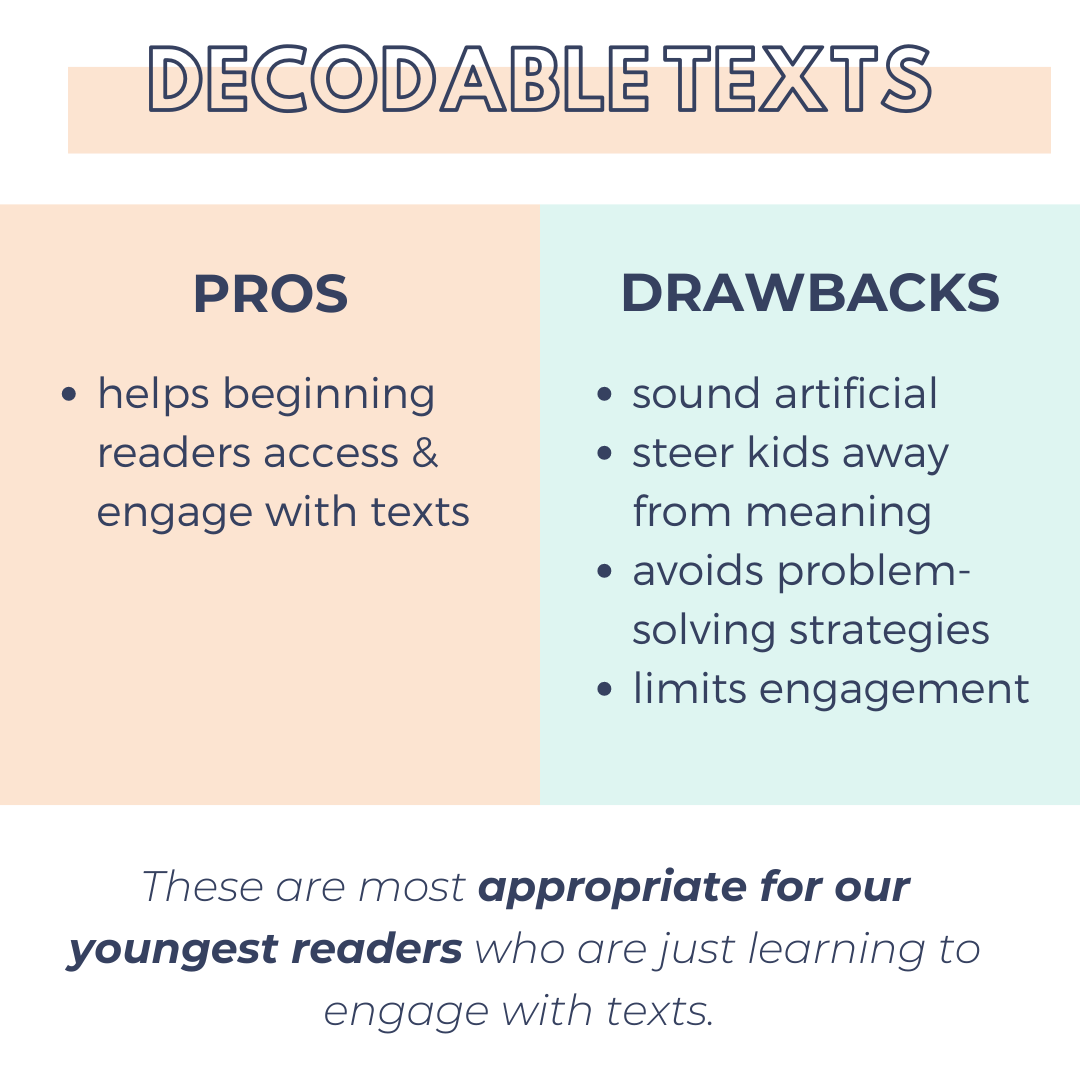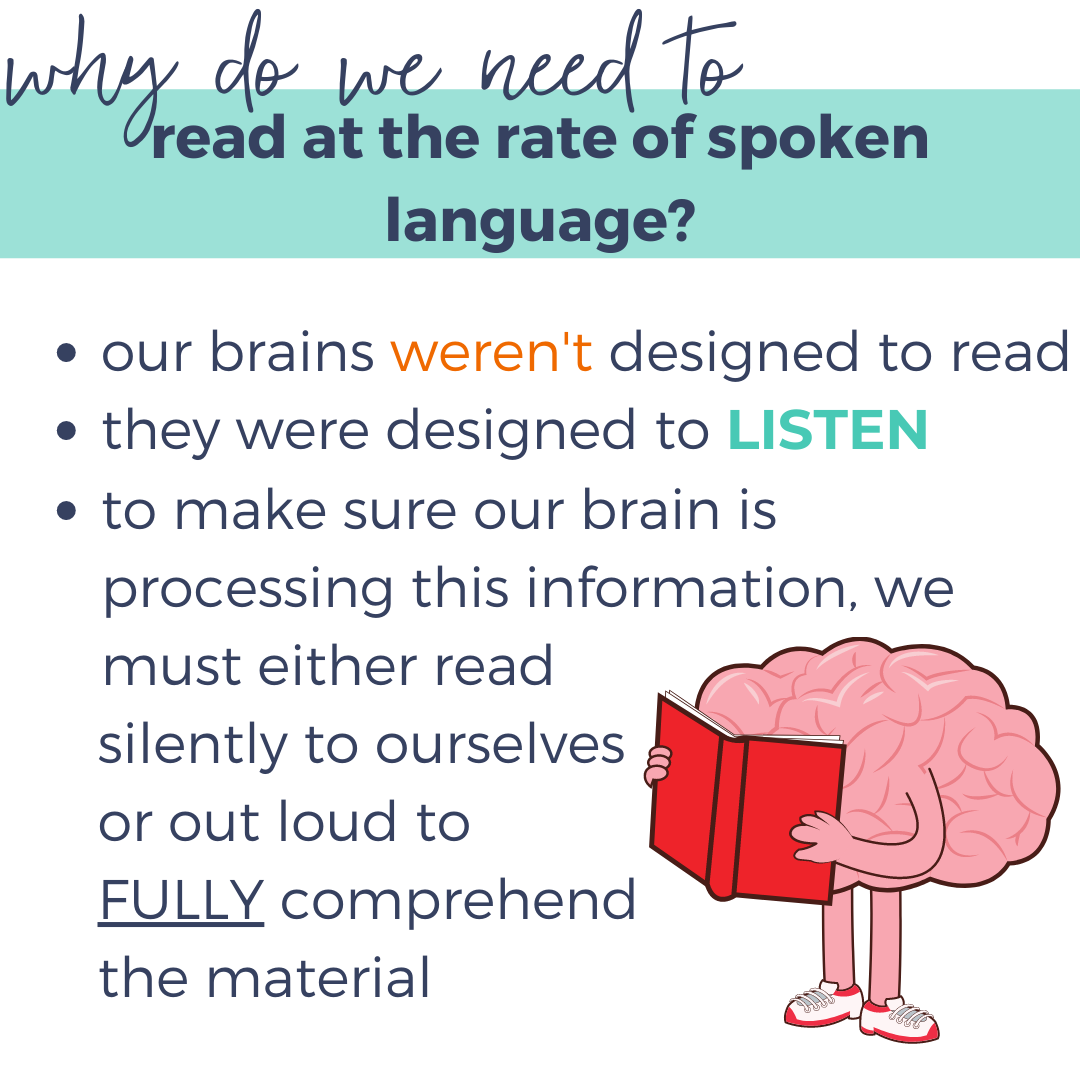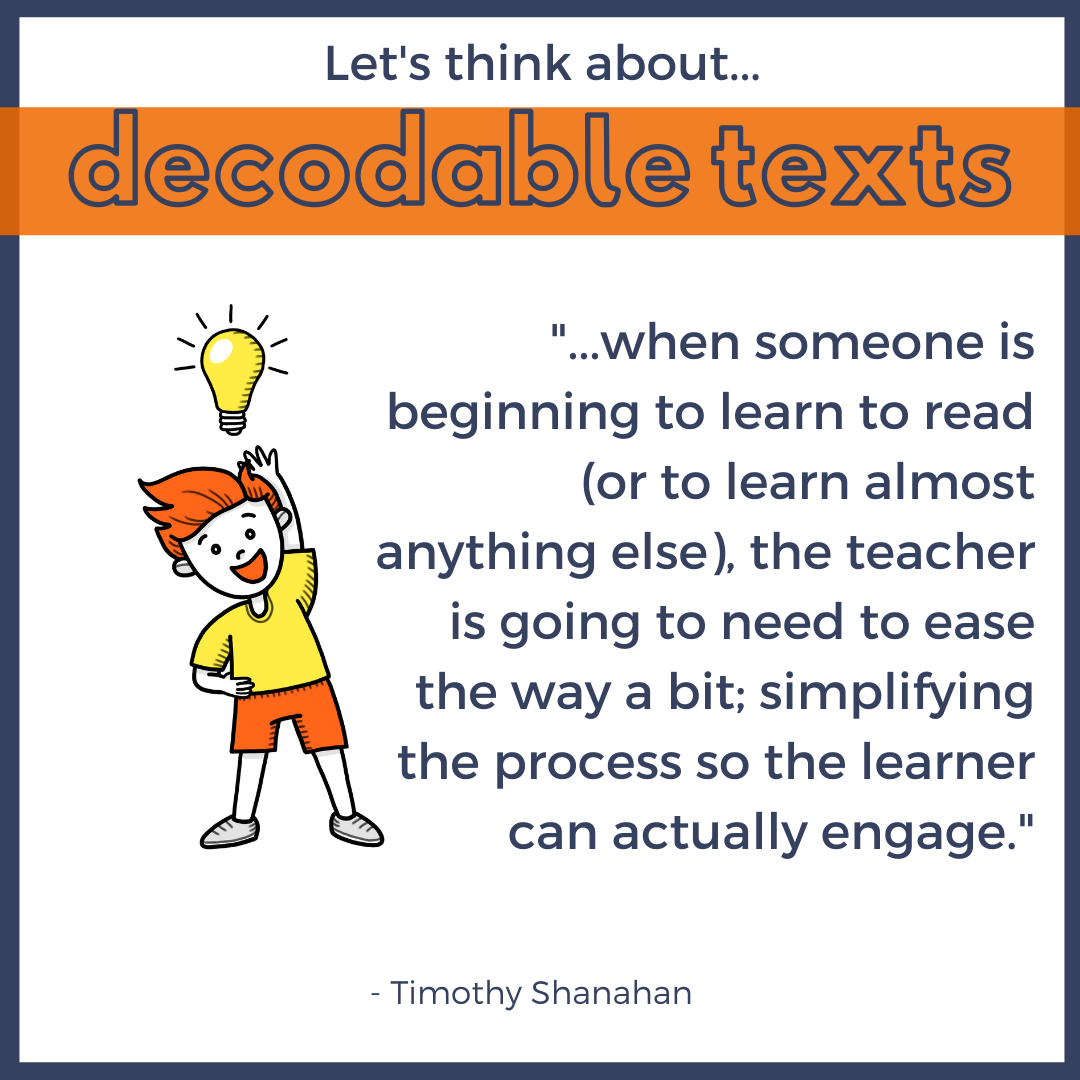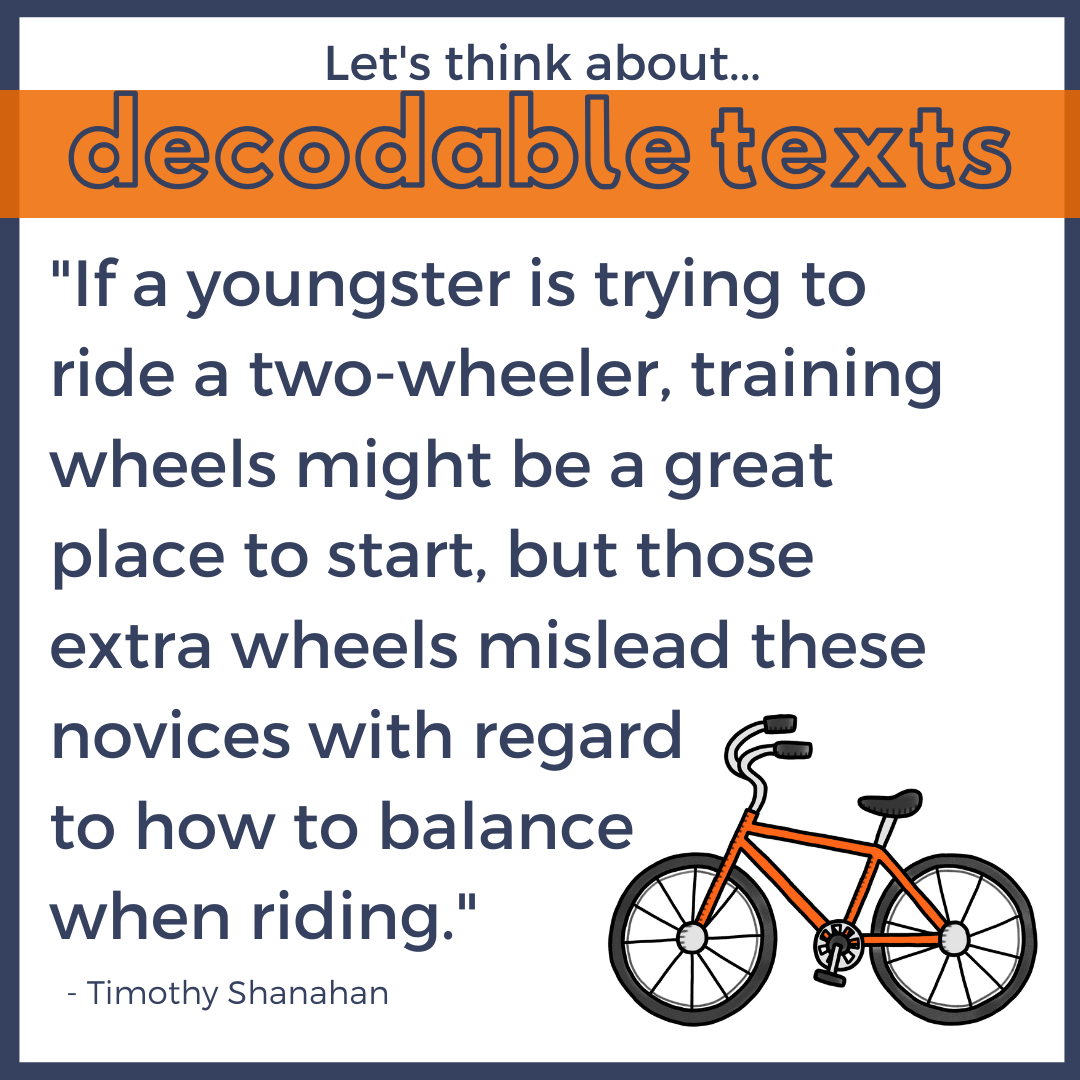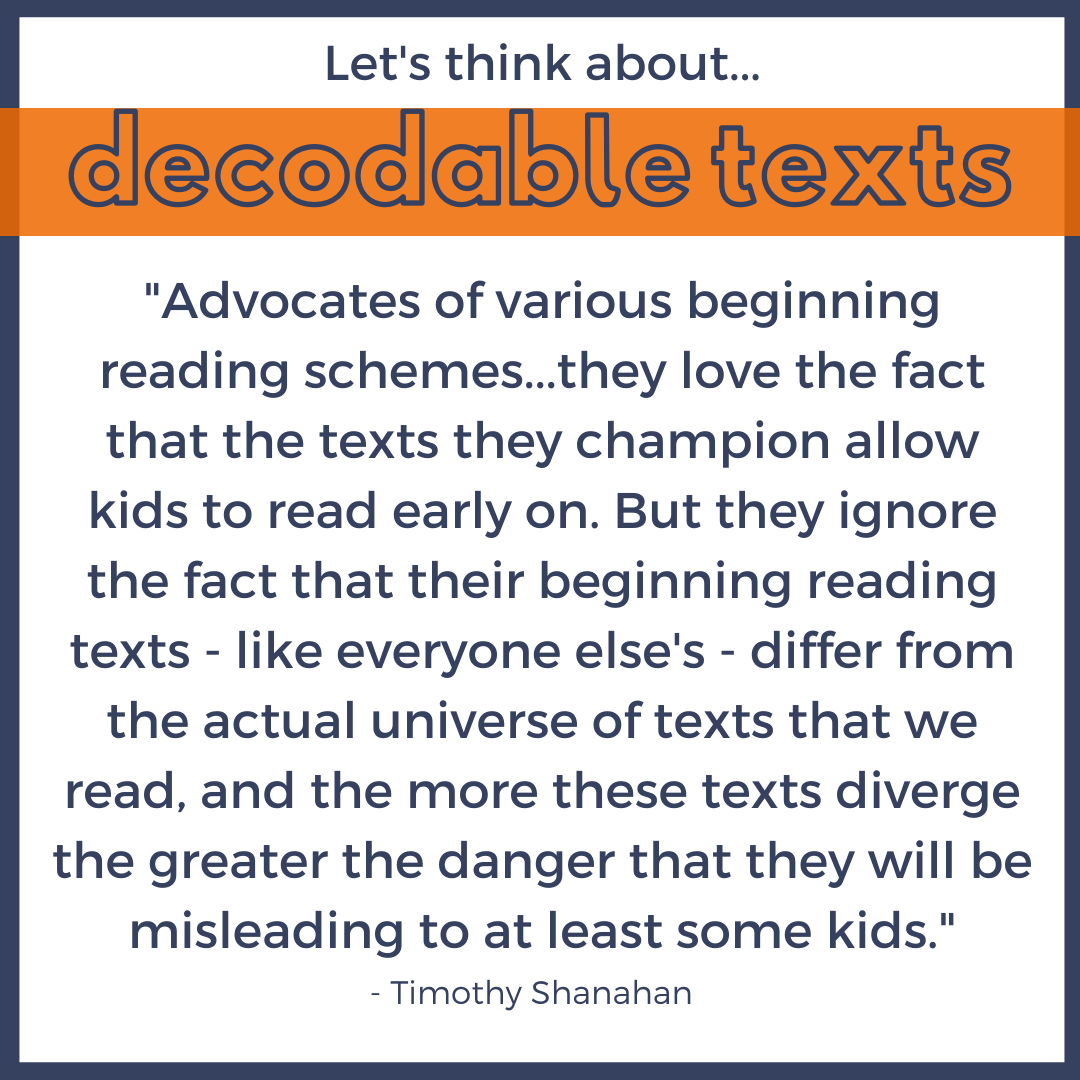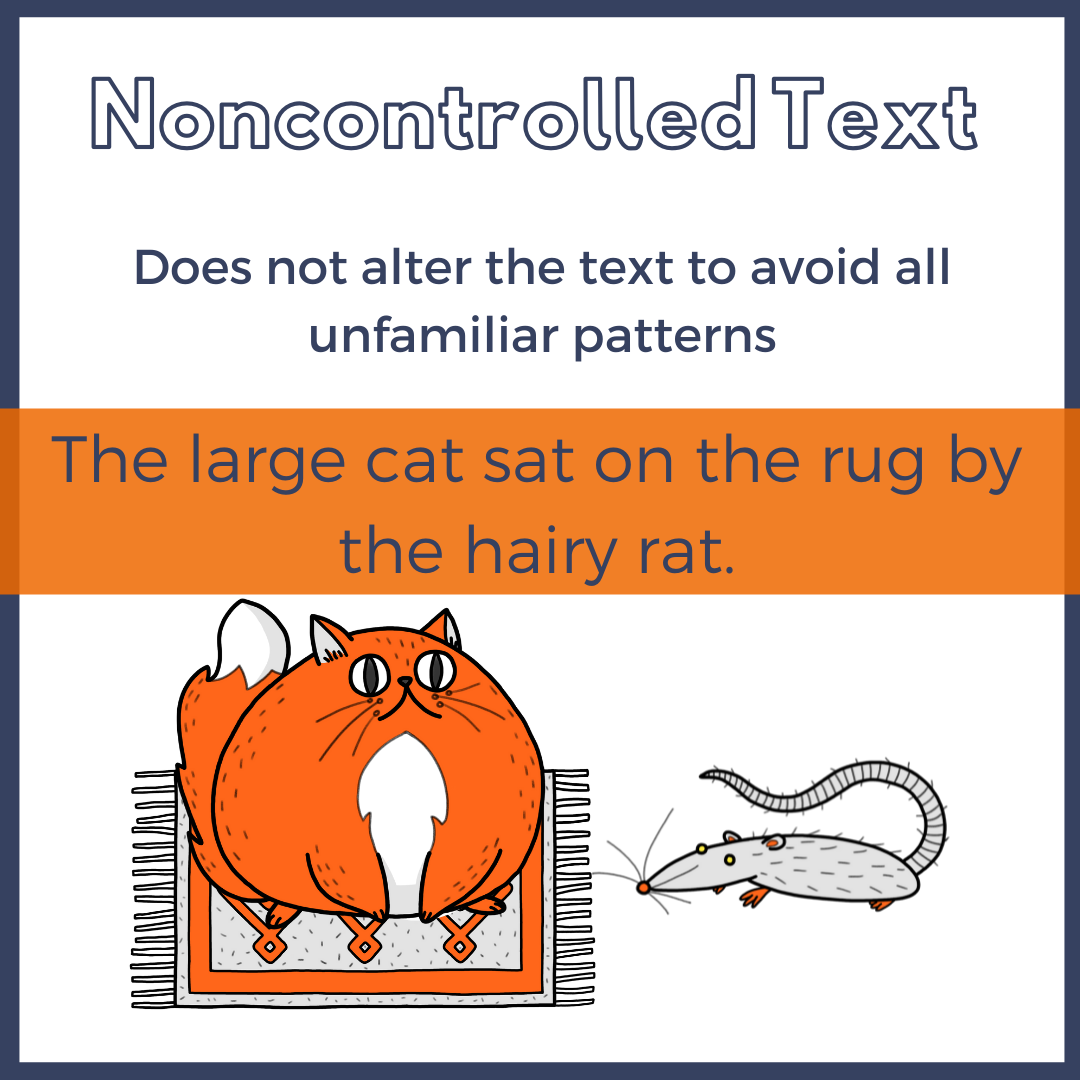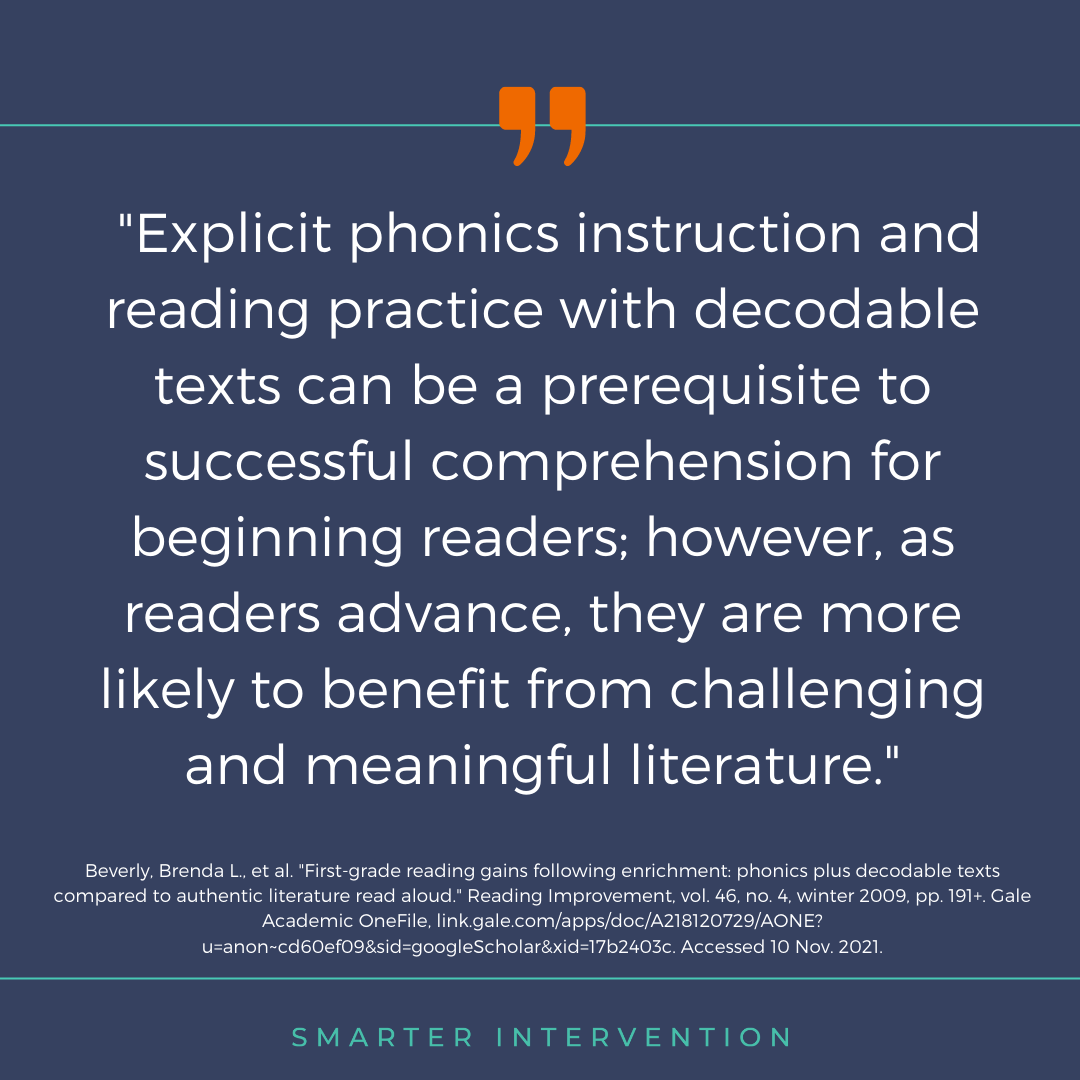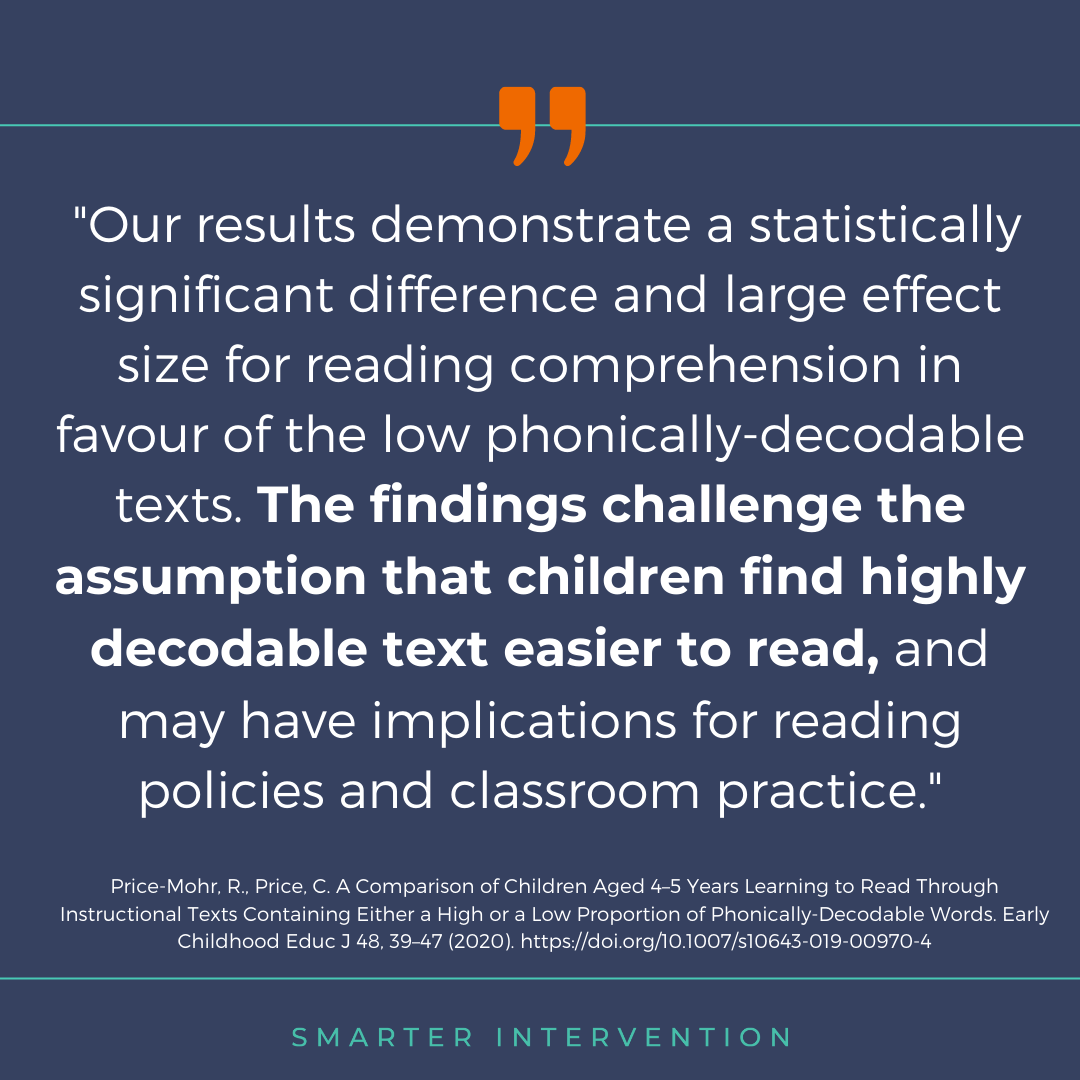Should We Be Using Decodable or Non-controlled Texts For Our Fluency and Comprehension Instruction?
When we think about reading instruction, there are a few different styles of texts that we can use to support fluency and comprehension. Often, we hear about things like decodable texts, predictable readers, controlled vocabulary readers, language experience stories, authentic literature, and noncontrolled texts.
With so many different styles, it can be challenging to know which to use and when. There are champions for many different styles and you may have heard pros and cons for one style versus another. Today, we are going to take a look at two of the styles we hear about most often - decodable vs. non-controlled text.
To start - we want to be clear that when building reading fluency and comprehension skills at the passage level, it is important to balance out instruction between these styles.
let’s discuss the difference between decodable & non-controlled texts.
A decodable text is one that…
…uses primarily phonetically regular patterns (words that can be sounded out) and generally avoids using words with phonics patterns that haven’t been taught.
This means that if students have only learned closed-syllable words with short vowel sounds, the text would limit the number of words that are phonetically irregular or patterns with long vowel sounds made from a VCE or Vowel Team Syllable.
A decodable sentence at this level might read something like this: “The fat cat sat on the mat next to the rat.”
BENEFITS OF DECODABLE TEXTS:
Often, these texts are recommended because they reduce the chance of students getting to a word they don’t know and either guessing at the word, trying to decode it (and doing so incorrectly), or getting frustrated when they recognize they cannot decode the word.
Over time, as students learn more patterns, these texts become more complex in nature to include the patterns students have learned.
DRAWBACKS OF DECODABLE TEXTS:
The concern with decodable texts is that the language patterns sound artificial. When students are asked to read a decodable text sentence, it often sounds robotic and makes it hard for them to generalize the phonics skills they are learning to “real-life” authentic texts.
This contrived text does not sound like spoken language, which is key in helping students understand/comprehend their reading. Because our brains weren’t designed to read (they were designed to listen), it is easier for students to make meaning of a text that sounds like spoken language than a text that sounds artificial.
In the research…
A study by Barr & Biemiller found that students became used to heavy phonics support and then tried to sound out words that can’t be sounded out (either phonetically irregular words or words with unfamiliar patterns), these students often mispronounced the words based on their decoding attempt (i.e. trying to read every sound in “sigh” because they haven’t been taught -igh as a pattern) or they skip these unfamiliar words altogether. (Barr, 1975; Biemiller, 1978).
These texts also fail to support higher-level vocabulary acquisition as many of the decodable words are not a challenge for students to understand.
In Practice…
These students often don’t see these words as “real reading” (in the words of past students we have worked with), and their overall fluency and comprehension gains suffer. Initially, their word recognition and decoding scores may spike, however, it does not lead to lasting gains as they struggle to consistently apply their skills and therefore don’t get the repetition needed to solidify their knowledge.
Non-controlled texts are passages that aren’t modified to avoid unfamiliar patterns.
STUDENTS ARE LIKELY TO ENCOUNTER NON-CONTROLLED TEXT…
…in authentic literature (books by their favorite authors), math, and other subject areas. This means that passages or other things they read will include phonetically irregular words and patterns students have not yet learned.
A non-controlled sentence might read something like this: “The large cat sat on the rug by the hairy rat.”
BENEFITS OF NON-CONTROLLED TEXTS:
When working with students, non-controlled texts look and feel more like “real reading” and support their generalization of skills. These passages support students’ knowledge of how words and patterns they learn in isolation (for example, ‘g’ may say /j/ when followed by an E, I, or Y) fit into the bigger picture.
These passages are great for supporting vocabulary, comprehension, and metacognition. If students recognize that some words are unfamiliar (and that is okay), often their buy-in is higher as it feels like they are accessing materials their peers would read as well. It’s also a great opportunity to preview future patterns!
DRAWBACKS OF NON-CONTROLLED TEXTS:
It is true that these texts will be harder for students to read than controlled texts will be, as they include words that have not yet been explicitly taught. This means that these tasks may take longer, or you might need to spend more time teaching students strategies for when they get to a word they don’t know other than just guessing (for example, what are the patterns you do know in this word? Can we look this word up? etc.).
Research around decodable vs. noncontrolled text:
Research around decodable and noncontrolled text also supports the fact that both have their time and place.
According to a study by Beverly, Giles, and Buck, they found that explicit phonics instruction, paired with decodable readers, could be essential to beginner readers’ success. However, it stated that as readers advance, they are more likely to benefit from authentic literature. You can access this study here.
Another study published in January 2020 by the Early Childhood Education Journal stated that when given a pre & post-test, students did significantly better when using low or partially phonetically decodable texts. This finding contradicts the idea that children find fully decodable passages easier. You can access this study here.
When we look at data from students in our own clinic, we have made similar findings. Students are more bought in and make better long-term gains in vocabulary, fluency, and comprehension when using noncontrolled texts. They are also better able to generalize their knowledge and skills to reading tasks outside of our lessons. This helps them generalize their knowledge into other subjects (like math and social studies) and sets them up for long-term retention instead of solely short-term fluency gains.
So - which one is “right?” Should we be using decodable or non-controlled texts with our students?
IT IS EASY TO LOOK AT RESEARCH FROM BOTH SIDES…
…and take a firm stance. However, the truth is, there is a time and place for both of these approaches.
In literacy intervention, there are a lot of conflicting ideas. We hear arguments about individualization vs. following a program with fidelity, whole-language vs. phonics-based instruction, decodable books vs. authentic literature, etc.
These dichotomies perpetuate the idea that you are either right or you are wrong in how you teach your students. It can be contentious and that’s honestly really unfortunate because it neglects the idea that there are multiple ways to get results and that just because something works for one student doesn’t mean it will work for another.
We all have the end goal of getting students to experience success and be functional readers and writers.
The idea that one approach will work for EVERY child doesn’t make any sense. These kids are all individuals and need different things.
We are not here to say that anyone is “right” or “wrong” for using decodable vs. noncontrolled text. We are here to encourage you to look at the child in front of you with an open mind and make the best (data-driven!) decision for that child.
When students are just starting out, it is important to make reading accessible to them. This is when we would use decodable passages. It teaches them that they can put words together in sentences and passages and opens up this whole new world for them.
Then, as students get older, it is important that they are able to understand how what they are doing generalizes beyond decodable text. We must give them strategies for when they get to a word they don’t know or experience frustration when reading because that’s real life. We need to prepare them for what reading looks like outside of our lessons because reading ISN’T always controlled. When students read a word problem in math, there will be words they don’t recognize. When they read a menu at a restaurant, there will be words they haven’t been explicitly taught.
This is why in our clinic, we primarily use non-controlled texts and offer support as necessary to help students be successful with them. If you want to read more about this support and how to make non-controlled texts accessible for your struggling readers, >>click here.<<
Will there be some older students who need decodable text because they get too frustrated with authentic literature? Of course. As they build their confidence and their knowledge should they transition to noncontrolled text? Absolutely. It’s not a THIS or THAT situation.
We have to recognize that decodable texts AND noncontrolled texts serve a need for our students and that our students’ needs WILL change over time.
We know that is a LOT of information and that fluency and comprehension are just pieces of what we need to be working on with students. To help make covering all the important pieces of instruction easier, we recommend using research-based resources like those found in the 5CCL Activity Library. This collection of materials provides hundreds of activities that help to target instruction for all 5 core components of literacy (+ writing). To learn more, click the button below.



